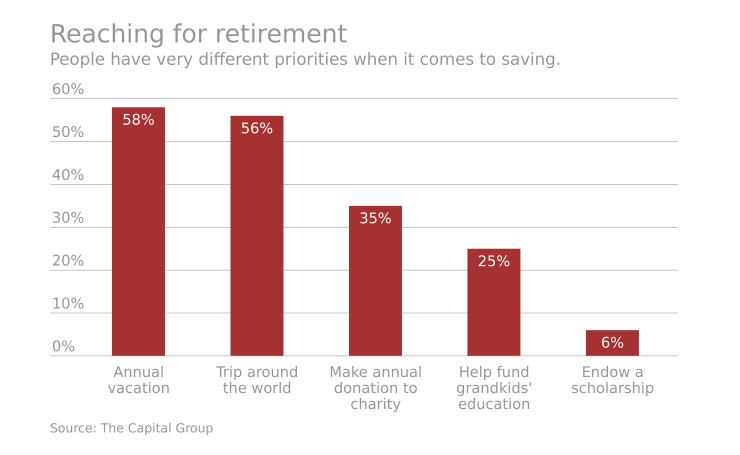People are living longer. That’s not only changing the retirement game — it’s changing the rules.
The former rule of thumb that a person could safely withdraw 4% of their portfolio each year isn’t necessarily being used anymore. “I don’t think you hear that being the conversation these days,” says Doug Wolff, president of Topeka, Kan.-based Security Benefit. “People are just living longer in retirement.”
The 4% rule works well for someone who spends 15 to 20 years in retirement, he says, but it becomes much more challenging when a person spends 25 or 30 years in retirement.
The latter is a strong possibility for many Americans. For a 65-year-old couple in average health, there is a 50% chance that one of them will live to be 93. And there’s a 25% chance that one spouse will reach 97 years old, according to the LIMRA Secure Retirement Institute.

Market volatility is another reason the 4% rule isn’t always realistic. As China’s recent financial woes have shown, circumstances outside of America can impact U.S. markets, Wolff says. Should a plunge occur when an individual is retiring, that can have drastic effects on how much that person is able to withdraw from their savings, he says.
One way to mitigate longevity risk is with a guaranteed lifetime withdrawal benefit coupled with a fixed index annuity, Wolff says. The combination of a GLWB with an accumulation vehicle can improve the odds that a person doesn’t outlive their income, he says.
Better-educated consumers
While advances in modern medicine are likely to continue to increase the average lifespan, there is good news in the retirement space — individuals are better educated now and actively looking for solutions, Wolff says.
Many employees are using technology to conduct their own research. But when it comes time to purchase a product, they want to speak to an adviser and typically purchase a product through that professional, Wolff says. “That’s making the financial adviser’s role that much more important,” he says.
Advisers and companies can illustrate longevity to help consumers understand they will need to fund a longer retirement than imagined
Consumers are also placing a high importance on retirement. In fact, 71% of individuals between the ages of 50-75 rank having enough money saved to last their lifetime as their top goal for retirement, according to LIMRA.
“Advisers and companies can illustrate longevity to help consumers understand they will need to fund a longer retirement than imagined,” LIMRA says. “When consumers clearly understand the effects of longevity risk, they can make better decisions to improve their outcomes and their security in retirement.”





